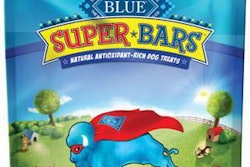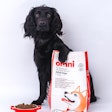
Blue Buffalo’s sales growth slowed after its acquisition by General Mills, reported the Wall Street Journal. Nevertheless, pet food sales growth did outpace that of General Mills’ main packaged foods. General Mills’ pet food sales, including Blue Buffalo, increased by nine percent in the first quarter of fiscal year 2019, a slower rate than Blue Buffalo had before the acquisition.
General Mills acquired Blue Buffalo for approximately US$8 billion following the United States Federal Trade Commission’s approval on March 20.
One analyst believes acquisitions may be a key to General Mills growth strategy, reported The Motley Fool, while another sees General Mills going after pet food as a growth driver. However, they noted that the consensus on Wall Street holds that General Mills may have paid too much for Blue Buffalo.
General Mills pet food sales at US$343 million in Q1 FY19
General Mills’ pet segment net sales, including Blue Buffalo, totaled US$343 million in the first-quarter of fiscal year 2019. General Mills released its quarterly results on September 18. Seeking Alpha posted a transcript of General Mills’ conference call.
General Mill’s pet segment net sales increased an estimated 14 percent, with positive contributions from volume growth and positive net price realization and mix, according to a press release from the General Mills. Continued expansion in food, drug and mass channels and e-commerce growth drove net sales up. However, declines in pet specialty sales offset some of those mass-market gains.
Net sales results benefited from the inclusion of 7 days of net sales from the month of acquisition. Segment operating profit of US$14 million was US$62 million below the prior year on a pro forma basis, driven by purchase accounting charges including a US$53 million one-time inventory adjustment and US$3 million of intangible amortization, as well as significant input cost inflation and start-up costs related to two new production facilities.



















